Home>Articles>What Is The Ideal Wattage For Your Bathroom Vanity
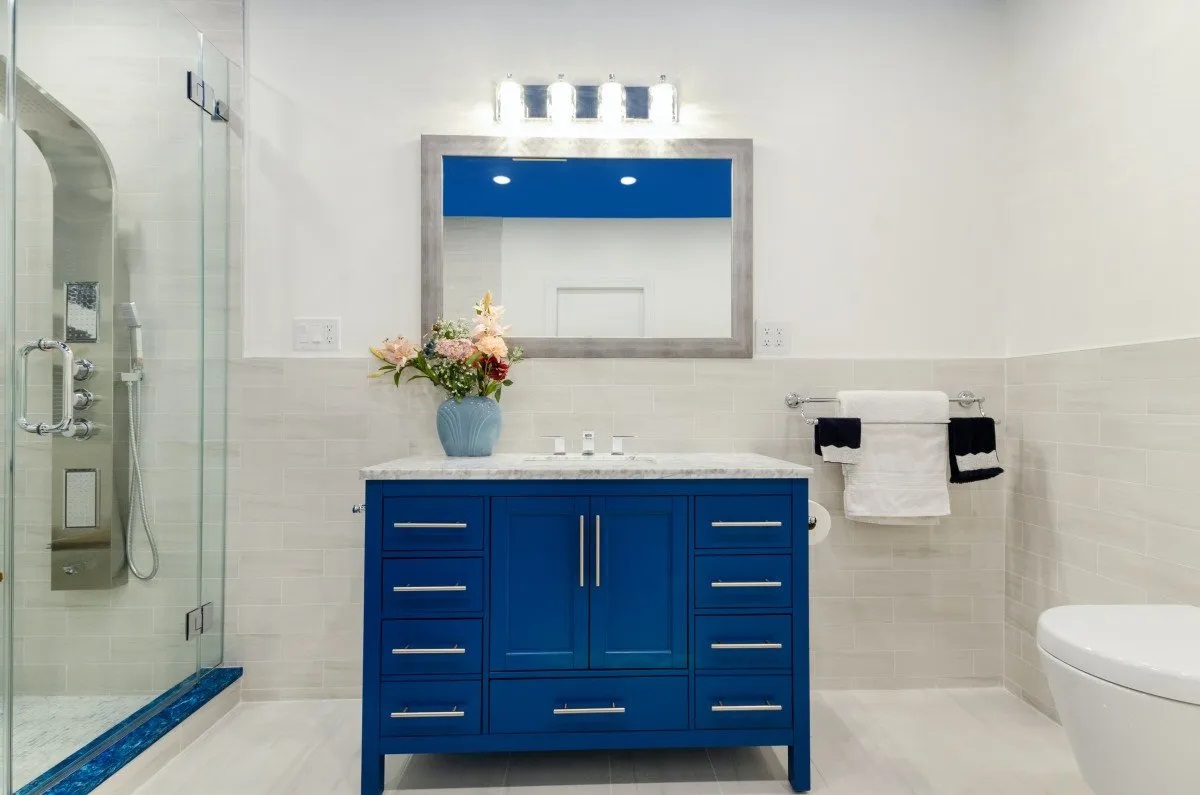

Articles
What Is The Ideal Wattage For Your Bathroom Vanity
Modified: May 6, 2024
Discover the ideal wattage for your bathroom vanity lighting with our informative articles. Achieve the perfect balance of brightness and ambiance in your bathroom.
(Many of the links in this article redirect to a specific reviewed product. Your purchase of these products through affiliate links helps to generate commission for Storables.com, at no extra cost. Learn more)
Introduction
Welcome to our guide on determining the appropriate wattage for your bathroom vanity lighting. The right wattage is crucial in creating a well-lit and functional space. Whether you’re getting ready for the day or unwinding in the evening, having sufficient lighting in your bathroom vanity area is essential.
When it comes to selecting the right wattage, there are several factors to consider. It’s important to strike a balance between providing adequate lighting for your daily tasks while also creating a comfortable and inviting atmosphere in your bathroom. In this article, we’ll delve into the importance of wattage, factors that influence your choice, recommended wattage range, and various light bulb options available.
Before diving into the specifics, let’s quickly understand what wattage actually means and its significance in terms of lighting.
Key Takeaways:
- Choose the right wattage for your bathroom vanity by considering factors like bathroom size, task lighting needs, decor style, ambient lighting, and dimming options. Personalize the wattage range to create a well-lit and visually appealing space.
- Explore various light bulb options such as incandescent, halogen, LED, and fluorescent bulbs. Consider color temperature, energy efficiency, and bulb lifespan to enhance your bathroom vanity lighting.
Understanding Wattage
Wattage refers to the amount of electrical power consumed by a light bulb. It determines the brightness or intensity of the light emitted by the bulb. In simple terms, the higher the wattage, the brighter the light.
It’s important to note that wattage alone does not indicate the quality or color of the light. However, it does play a crucial role in determining the overall brightness and visibility in your bathroom vanity area.
When it comes to bathroom vanity lighting, wattage can greatly impact the functionality and ambiance of the space. While you want to ensure sufficient lighting for activities such as makeup application or shaving, you also want to create a soothing and comfortable environment.
Now that we have a basic understanding of wattage, let’s explore the factors that should be taken into consideration when determining the appropriate wattage for your bathroom vanity lighting.
Factors to Consider
When determining the wattage for your bathroom vanity lighting, it’s important to consider several key factors. These factors will help you find the right balance between functionality and ambiance in your space.
1. Bathroom Size: The size of your bathroom plays a significant role in determining the wattage needed for your vanity lighting. Larger bathrooms may require higher wattage to ensure sufficient illumination throughout the space, while smaller bathrooms may need less wattage.
2. Task Lighting: Consider the specific tasks you perform in front of your bathroom vanity. If you regularly apply makeup, shave, or groom, you will need brighter lighting to ensure precision and accuracy. Task lighting, such as adjustable wall-mounted lamps or vanity lights with focused beams, can help provide adequate illumination for these activities.
3. Decor and Style: The wattage of your vanity lighting should complement the overall style and decor of your bathroom. Consider the color scheme, fixtures, and aesthetic of the space. For a modern and minimalist bathroom, you may opt for lower wattage to create a soft and subdued ambiance. In contrast, a traditional or vintage-style bathroom may benefit from higher wattage to enhance the timeless charm.
4. Ambient Lighting: In addition to task lighting, it’s important to consider the overall ambient lighting in your bathroom. This includes any ceiling lights, natural light sources, or other light fixtures in the space. The wattage of your vanity lighting should complement and supplement the existing ambient lighting to create a well-rounded illumination.
5. Dimming Options: If you prefer flexibility in your bathroom lighting, consider installing dimming switches. This allows you to adjust the brightness of your vanity lights based on the specific need or mood. Having the ability to dim the lights can be particularly useful for creating a relaxing atmosphere during evening baths or winding down routines.
By taking these factors into consideration, you can narrow down the appropriate wattage range for your bathroom vanity lighting. In the next section, we’ll explore the recommended wattage range that you should consider.
When choosing the wattage for bathroom vanity lights, consider the size of the space and the brightness you desire. A general guideline is 20-25 watts per square foot for task lighting, and 10-15 watts per square foot for ambient lighting.
Recommended Wattage Range
When it comes to determining the recommended wattage range for your bathroom vanity lighting, there are some general guidelines to consider. These ranges can vary depending on the factors mentioned earlier, such as bathroom size, task lighting needs, and overall decor.
For smaller bathrooms or powder rooms:
- A single wall-mounted vanity light fixture with a wattage range between 40-60 watts is often sufficient. This provides ample light for basic grooming and personal care.
- If you have a larger vanity area or multiple people using the space, you may opt for multiple wall-mounted fixtures or a single fixture in the higher end of the wattage range.
- Consider using LED bulbs, which offer energy efficiency and longevity while still providing adequate brightness.
For average-sized bathrooms:
- A combination of task lighting and ambient lighting is recommended. This can include a combination of wall-mounted fixtures, overhead lights, and even recessed lighting.
- For task lighting, opt for wall-mounted vanity lights with a wattage range of 75-100 watts to provide ample brightness for daily grooming tasks. Consider using bulbs with a color temperature between 3000-3500K for a warm and cozy atmosphere.
- For ambient lighting, consider ceiling lights or recessed lighting with a wattage range of 60-100 watts to illuminate the entire space.
For larger master bathrooms or spa-like settings:
- A combination of task, ambient, and accent lighting is recommended to create a luxurious and functional space.
- Task lighting can include multiple wall-mounted vanity light fixtures or even backlit mirror options with a wattage range of 100-150 watts for optimal brightness.
- Ambient lighting can be achieved with ceiling lights, chandeliers, or recessed lighting with a wattage range of 75-100 watts to provide even illumination throughout the space.
- Consider adding accent lighting, such as wall sconces or LED strip lights, to highlight particular features or create a soothing ambiance.
Remember, these are general recommendations and can be adjusted based on your specific needs and preferences. Don’t be afraid to mix and match different types of lighting to achieve the desired effect in your bathroom vanity area.
Now let’s explore the various light bulb options available for your bathroom vanity lighting.
Light Bulb Options
When it comes to choosing the right light bulbs for your bathroom vanity, there are several options available. Each type of bulb has its own unique qualities and benefits. Here are some popular choices:
1. Incandescent Bulbs: These traditional bulbs provide warm and soft lighting. They are affordable but tend to consume more energy and have a shorter lifespan compared to other options.
2. Halogen Bulbs: Halogen bulbs offer a bright and crisp light output. They are more energy-efficient than incandescent bulbs and have a longer lifespan. However, they do generate more heat and require caution when handling.
3. LED Bulbs: LED bulbs are becoming increasingly popular due to their energy efficiency and long lifespan. They offer a wide range of color temperatures and dimming options. LED bulbs are also cool to the touch, making them safer for use in the bathroom.
4. Fluorescent Bulbs: These bulbs are known for their energy efficiency and longevity. They produce a bright, cool light that is suitable for bathrooms. However, some people find the quality of light from fluorescent bulbs to be less desirable.
When selecting the right bulb, consider the color temperature as well. Warmer color temperatures (around 2700-3000K) are more suitable for creating a cozy and relaxed atmosphere, while cooler color temperatures (around 4000-5000K) provide a bright and energizing light.
It’s important to note that different bulb types may have varying wattage equivalents. For example, an LED bulb with a lower wattage can provide the same brightness as a higher wattage incandescent bulb.
When choosing light bulbs, make sure to check the labels for wattage equivalency and choose bulbs that are compatible with your fixtures.
Finally, don’t forget about the importance of energy efficiency. Opting for energy-efficient bulbs not only helps reduce your electricity bill but also has a positive impact on the environment.
Now that we have explored the various light bulb options, let’s conclude our guide on selecting the right wattage for your bathroom vanity.
Conclusion
Choosing the right wattage for your bathroom vanity lighting is essential in creating a well-lit and functional space. By considering factors such as bathroom size, task lighting needs, decor style, ambient lighting, and dimming options, you can determine the appropriate wattage range for your specific requirements.
For smaller bathrooms, a single wall-mounted fixture in the range of 40-60 watts can provide sufficient lighting. In average-sized bathrooms, a combination of task lighting (75-100 watts) and ambient lighting (60-100 watts) is recommended. In larger master bathrooms or spa-like settings, a combination of task, ambient, and accent lighting with higher wattage ranges can create a luxurious and functional space.
When it comes to light bulb options, consider the benefits and qualities of incandescent bulbs, halogen bulbs, LED bulbs, and fluorescent bulbs. Choose bulbs that provide the right color temperature for your desired ambiance and ensure compatibility with your fixtures.
Remember, wattage is just one aspect of the equation. Pay attention to energy efficiency, bulb lifespan, and the quality of light when making your final choice. It’s important to strike a balance between functionality, aesthetics, and sustainability in your bathroom vanity lighting.
By following these guidelines and personalizing them to your specific needs, you can create a well-lit and visually appealing bathroom vanity area that enhances your daily routine. So go ahead, find the perfect wattage and light bulb options, and transform your bathroom into a beautifully illuminated space.
Now that you've got a grasp on the ideal wattage for your bathroom vanity, why not shed some light on other ways to illuminate your space? Our next article dives into various styles and functionalities of bathroom lighting. Whether you're looking for something subtle or a statement piece, understanding your options will help you make the best choice for your sanctuary.
Frequently Asked Questions about What Is The Ideal Wattage For Your Bathroom Vanity
Was this page helpful?
At Storables.com, we guarantee accurate and reliable information. Our content, validated by Expert Board Contributors, is crafted following stringent Editorial Policies. We're committed to providing you with well-researched, expert-backed insights for all your informational needs.
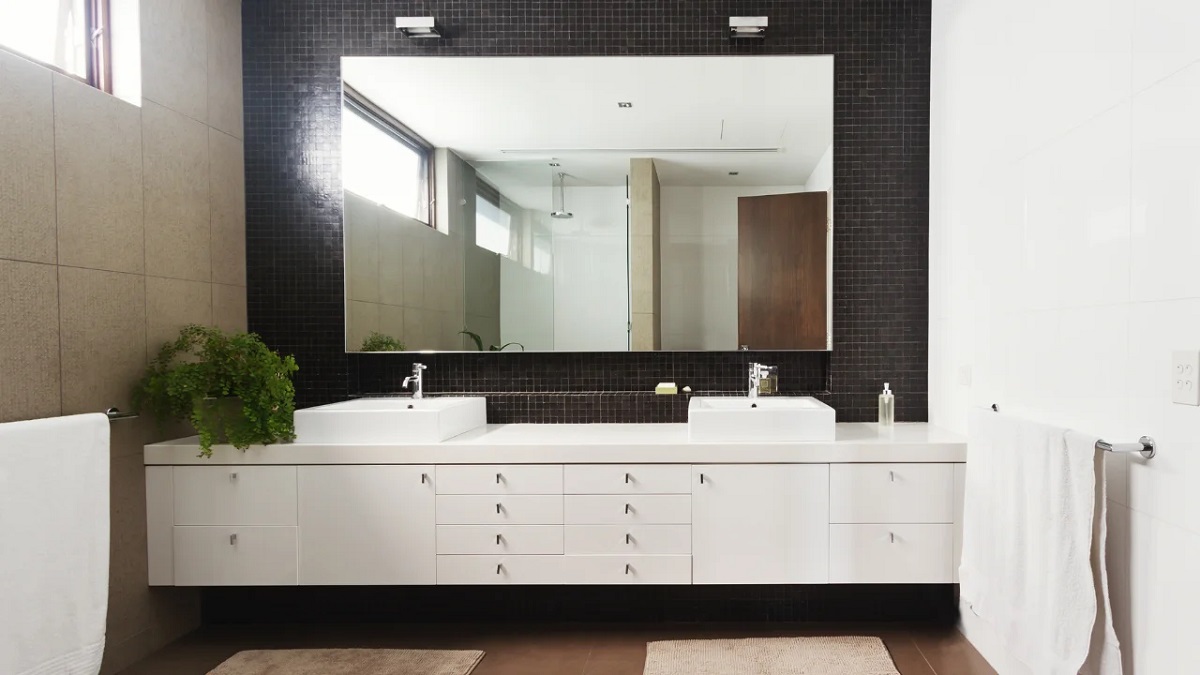
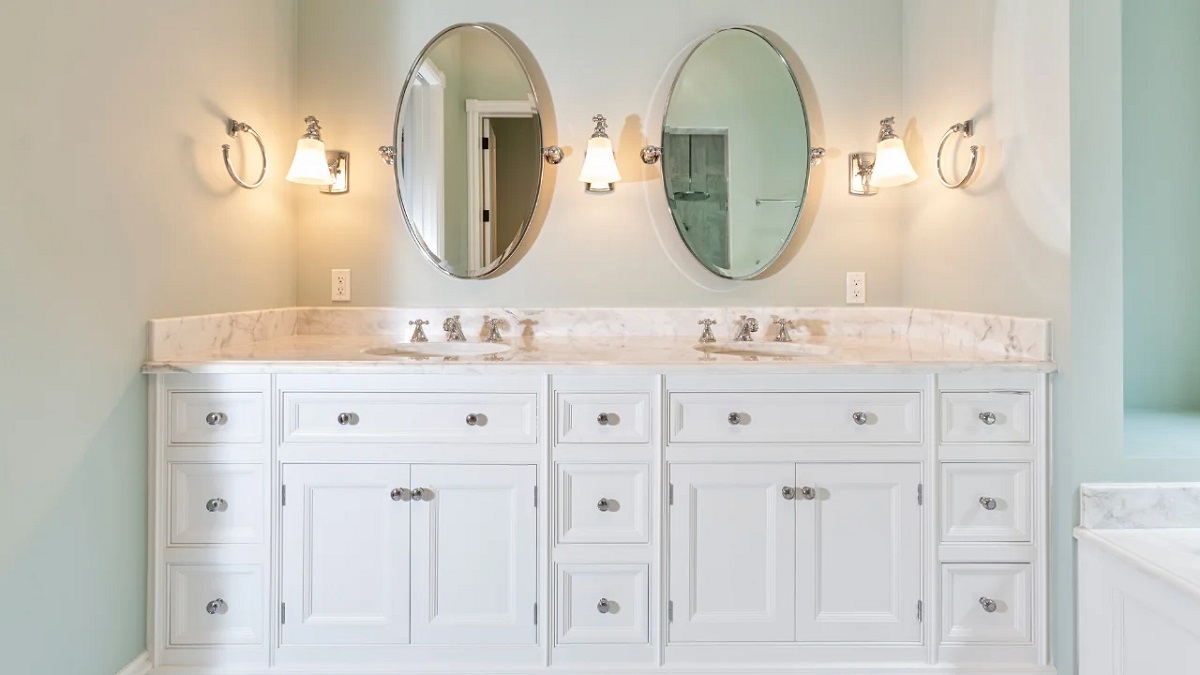
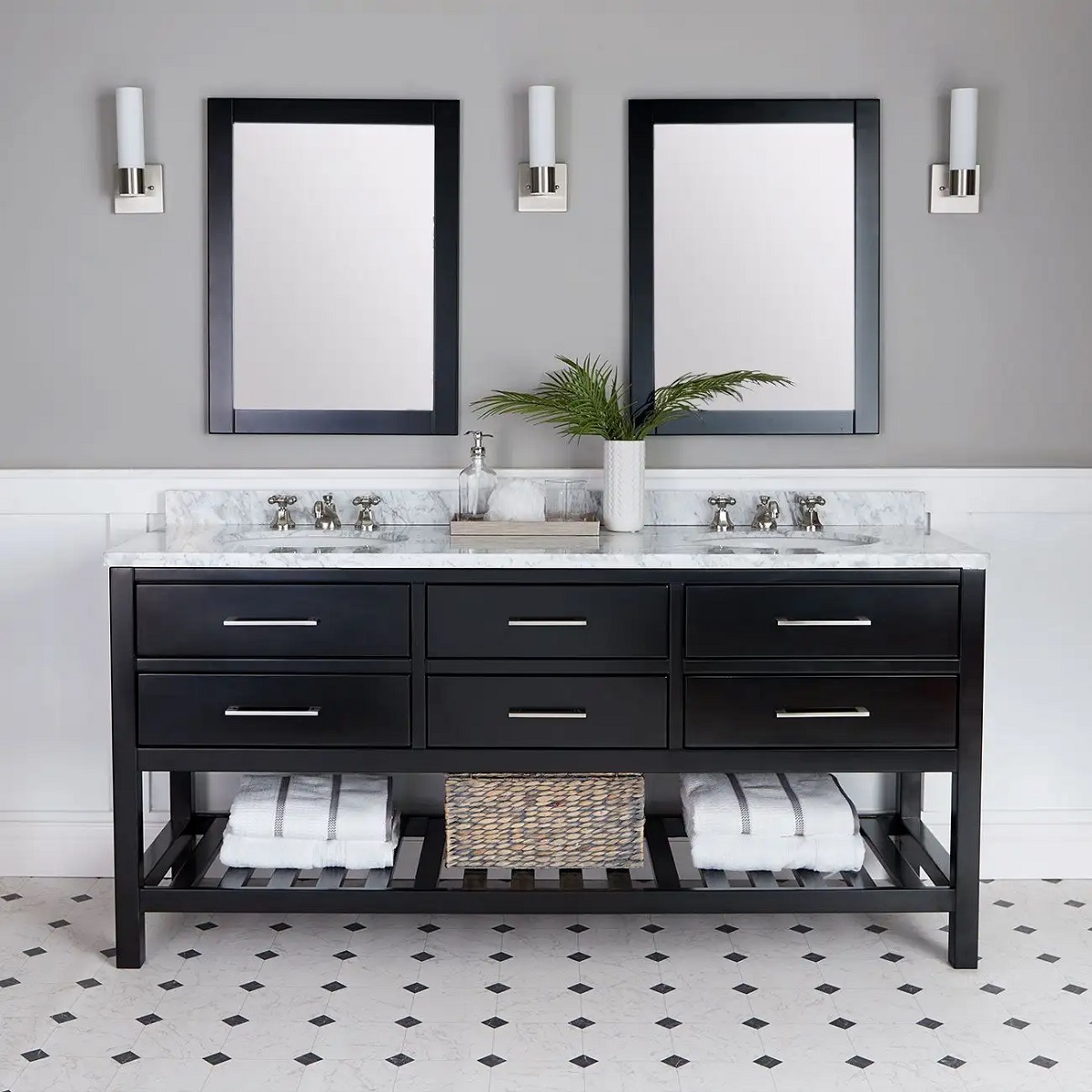
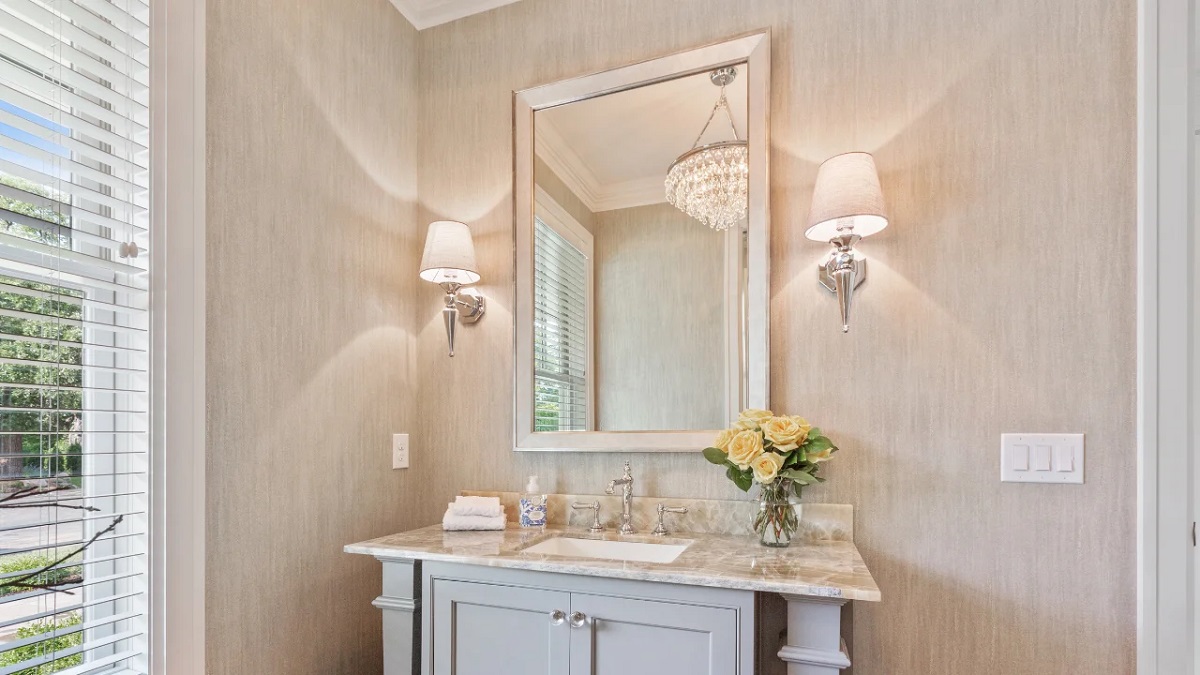
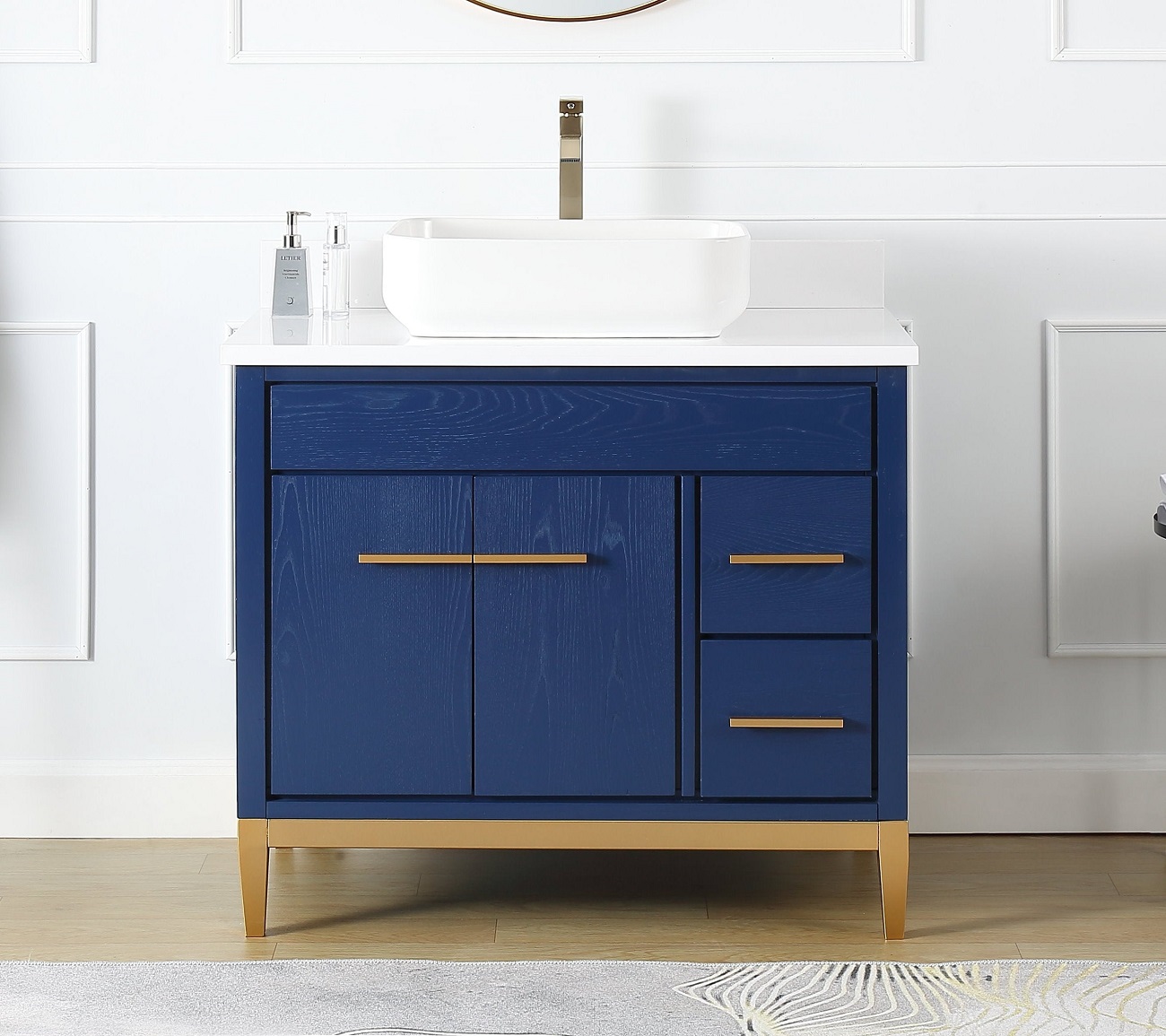
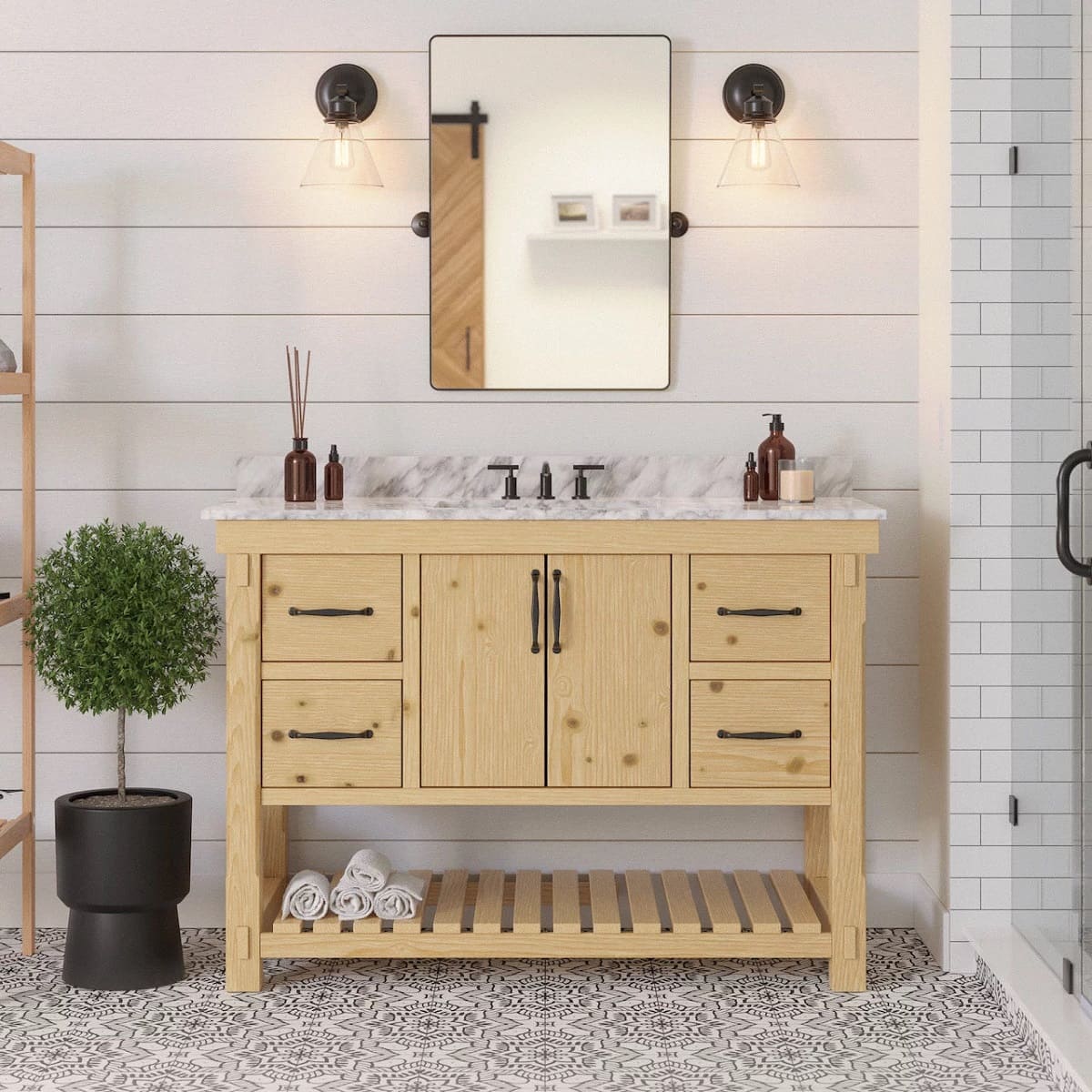
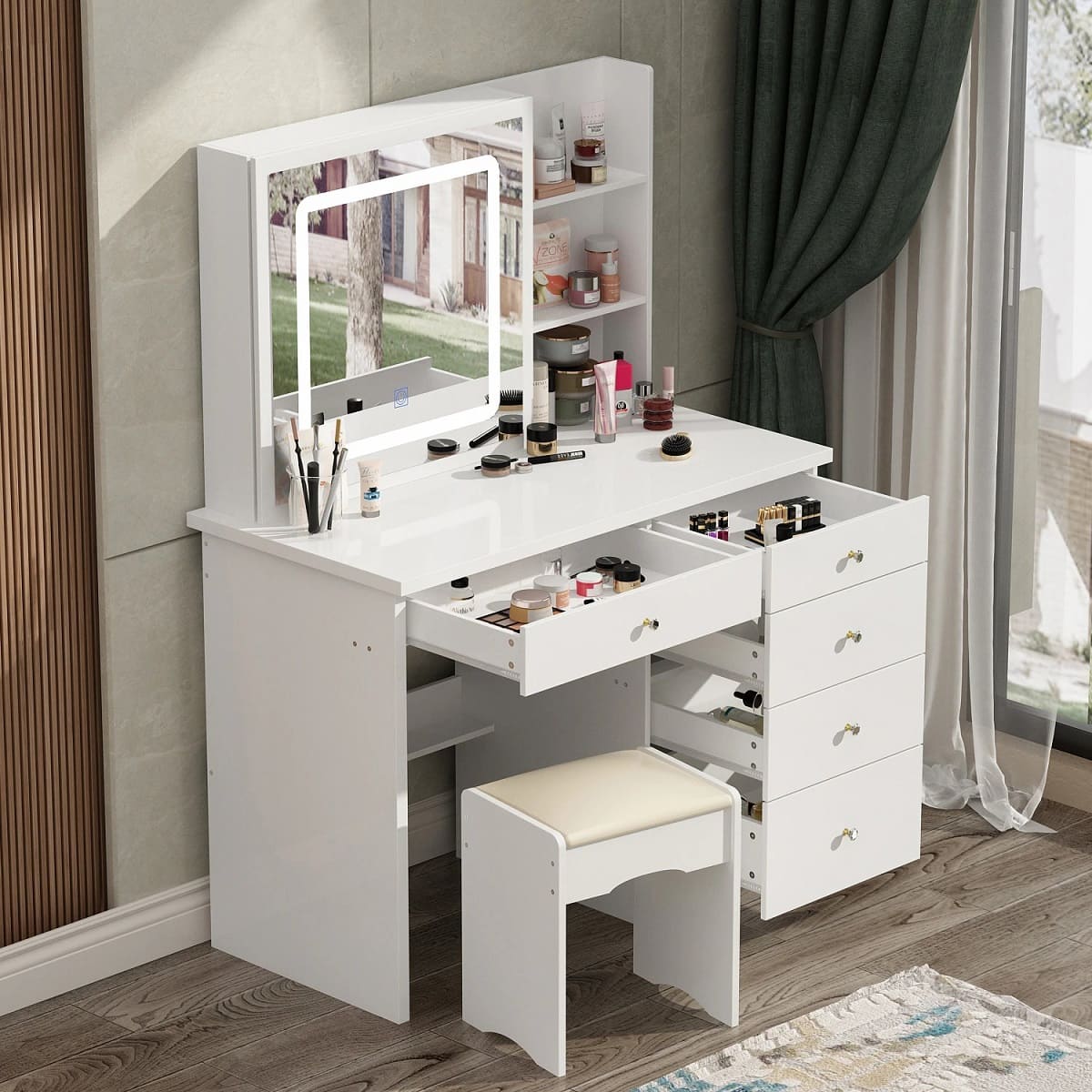
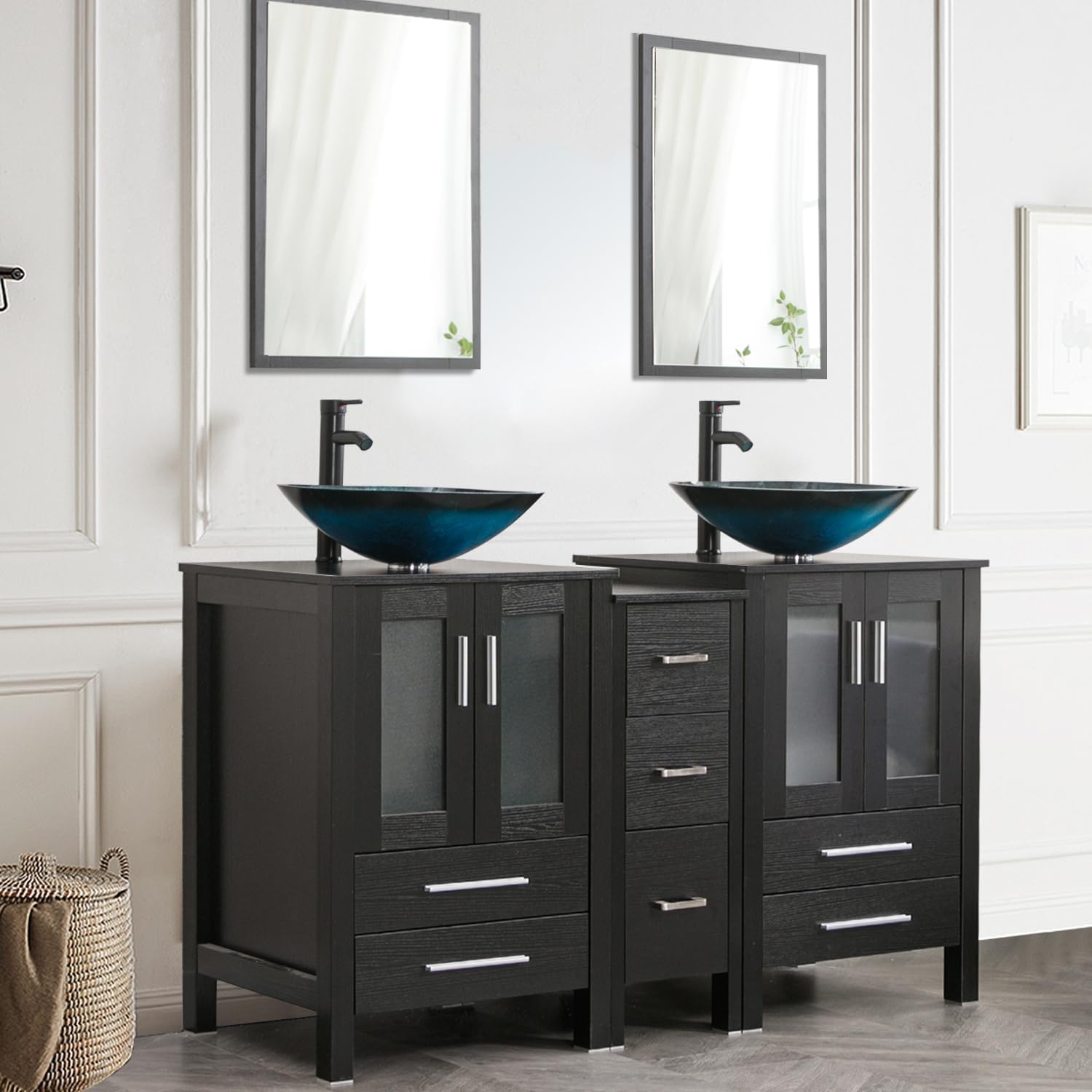
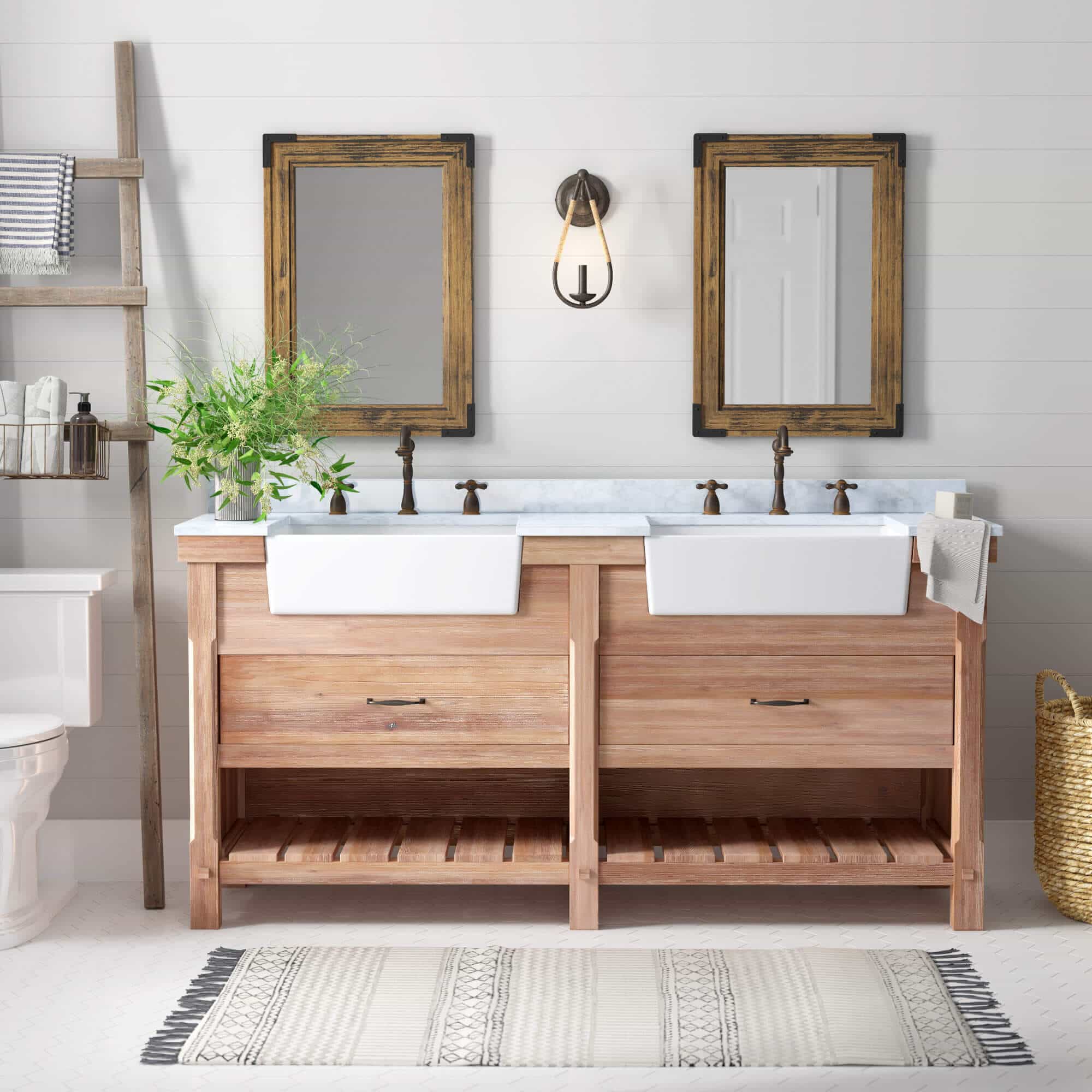
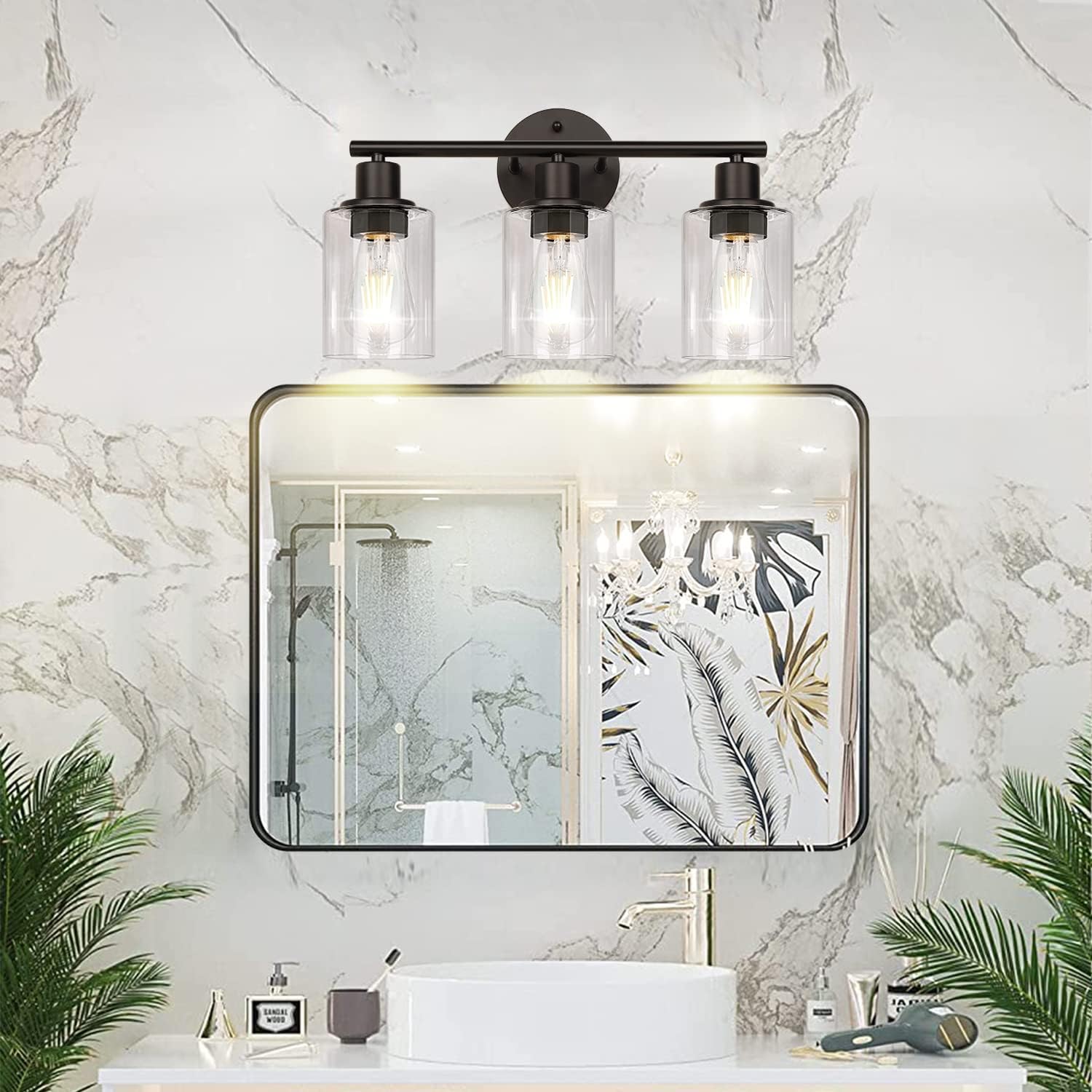
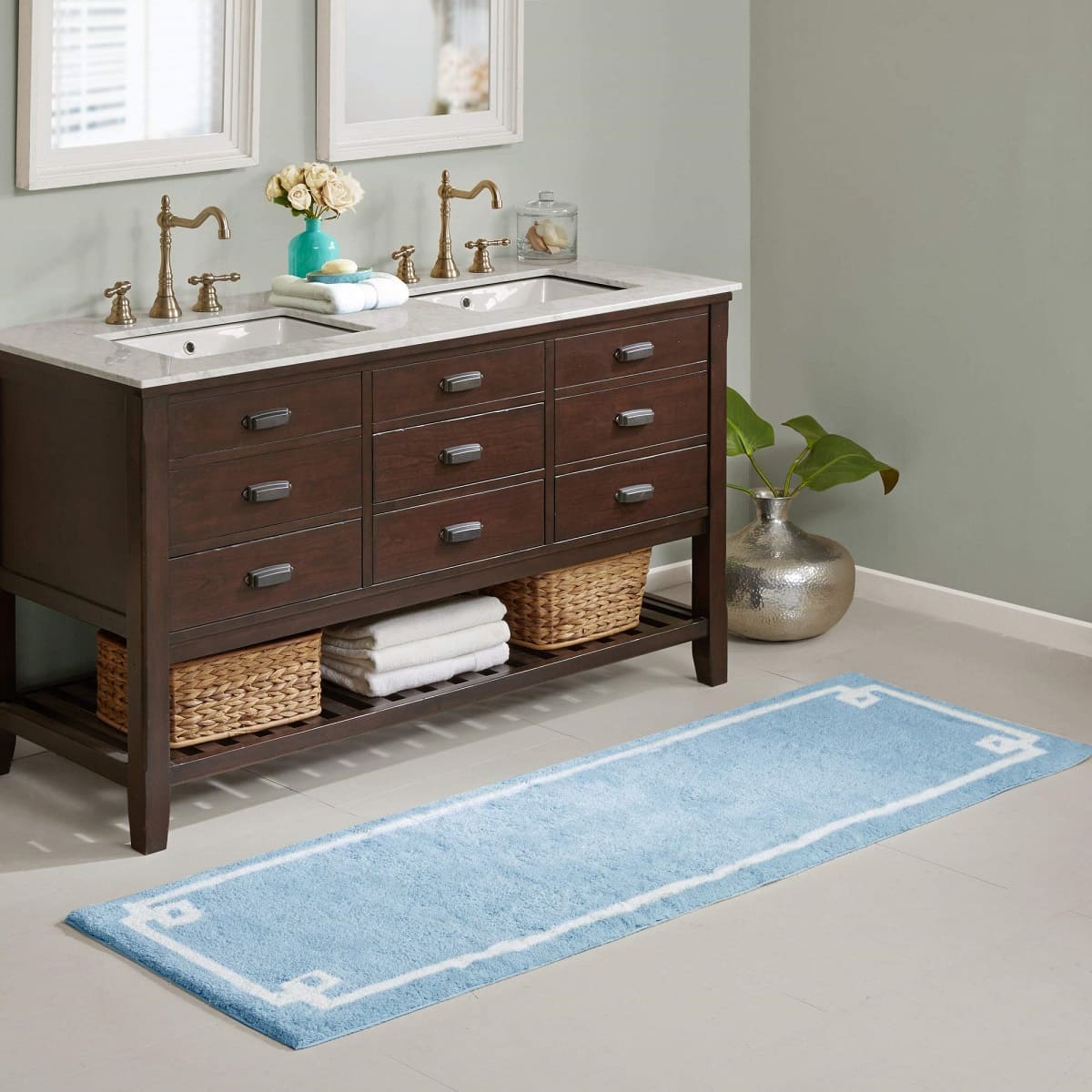
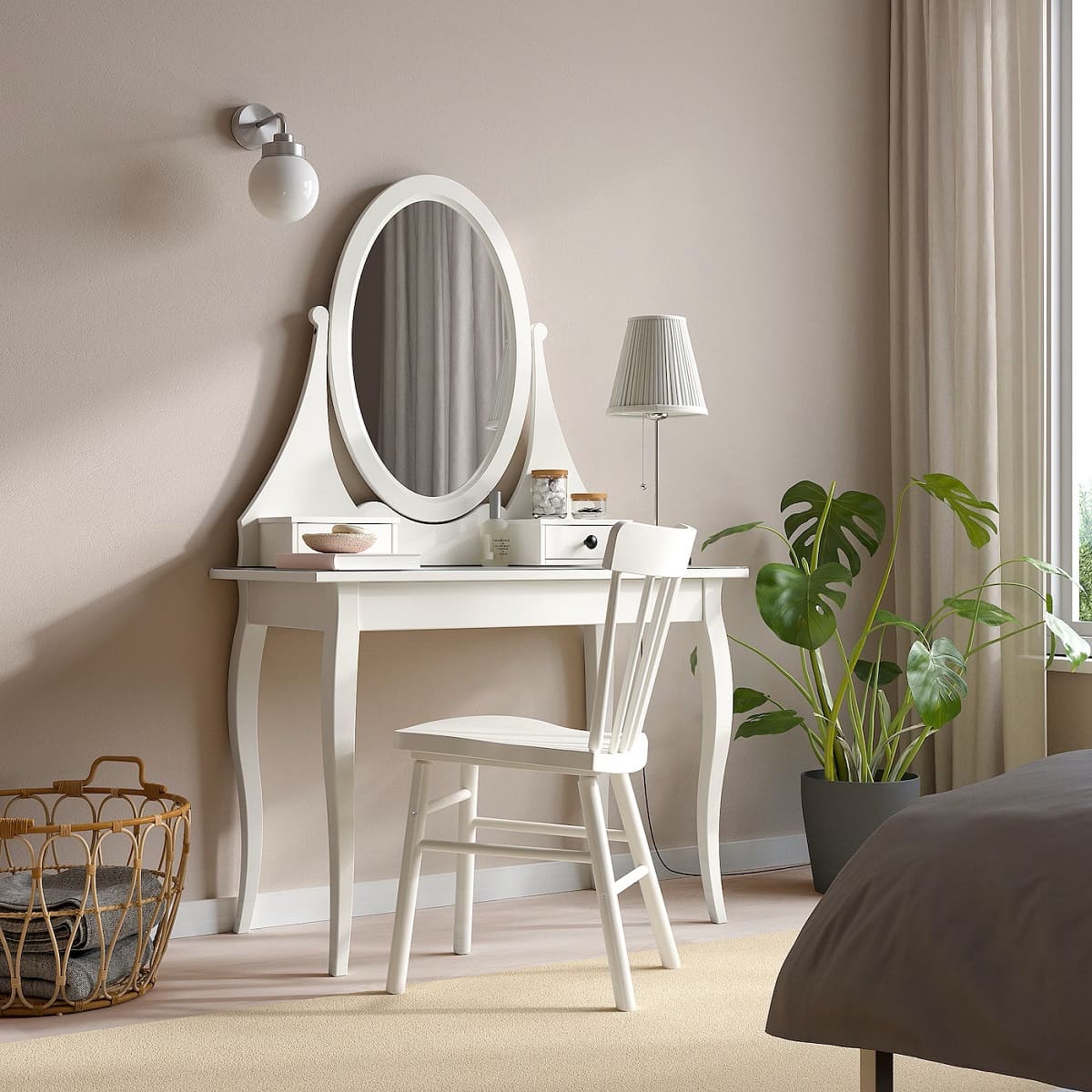
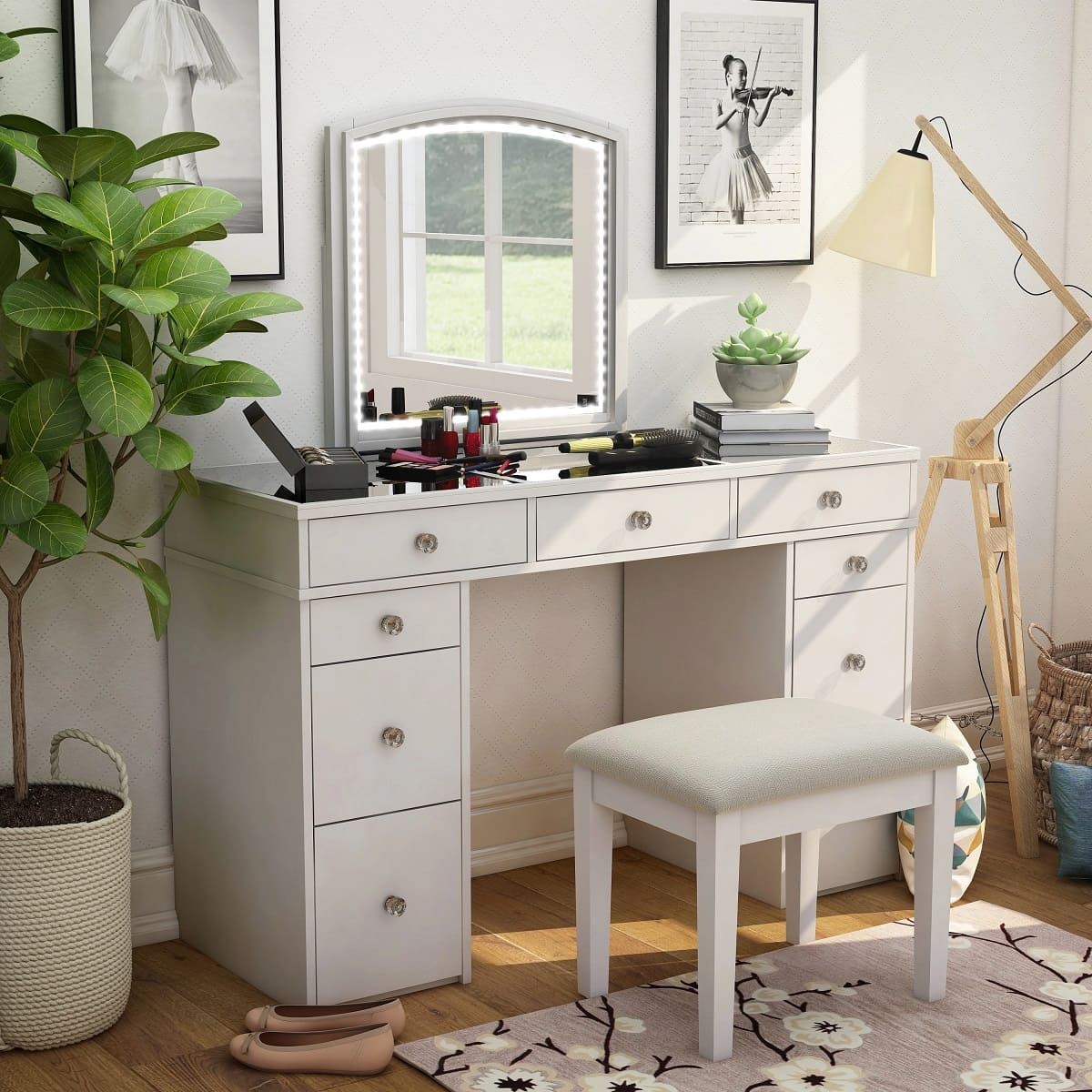
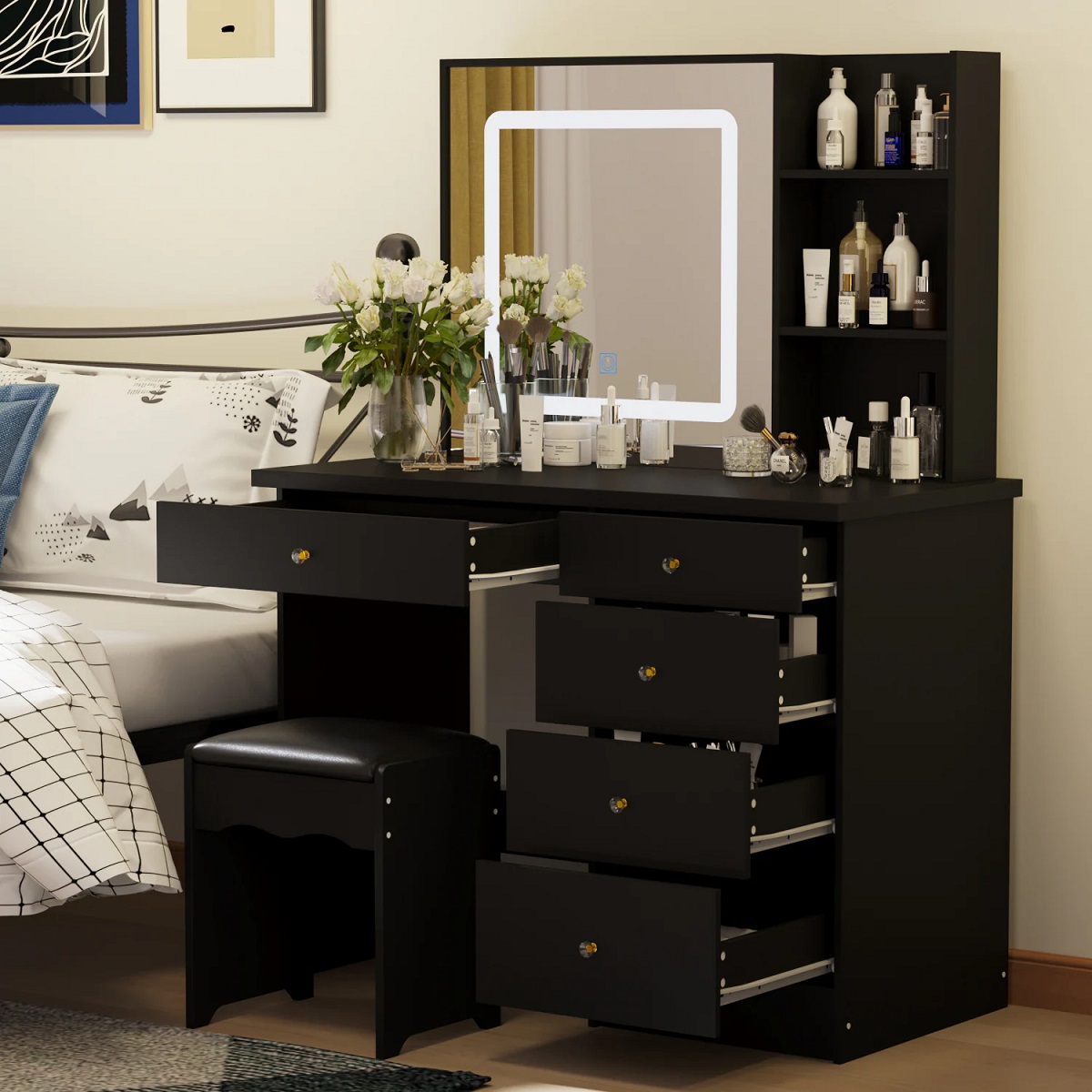

0 thoughts on “What Is The Ideal Wattage For Your Bathroom Vanity”